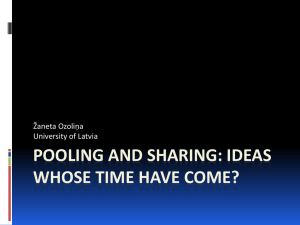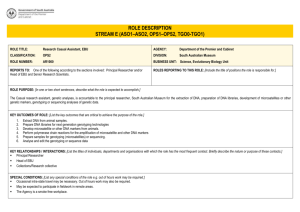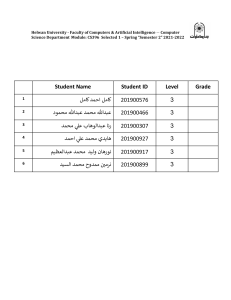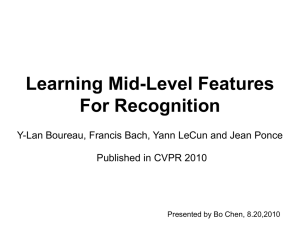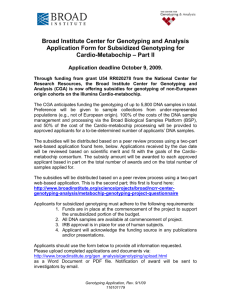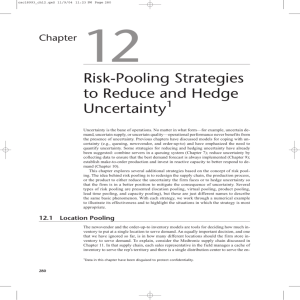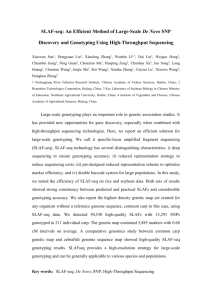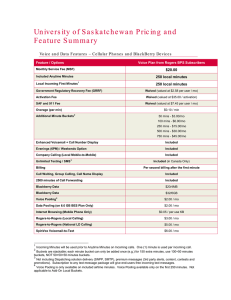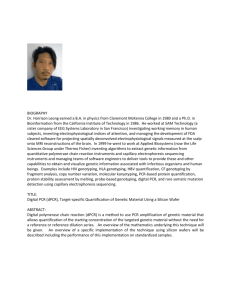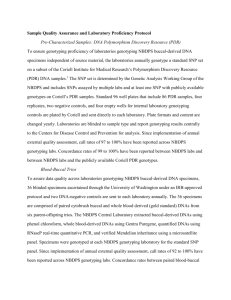optimizing dna pooling strategy for progressive fine genetic mapping
advertisement
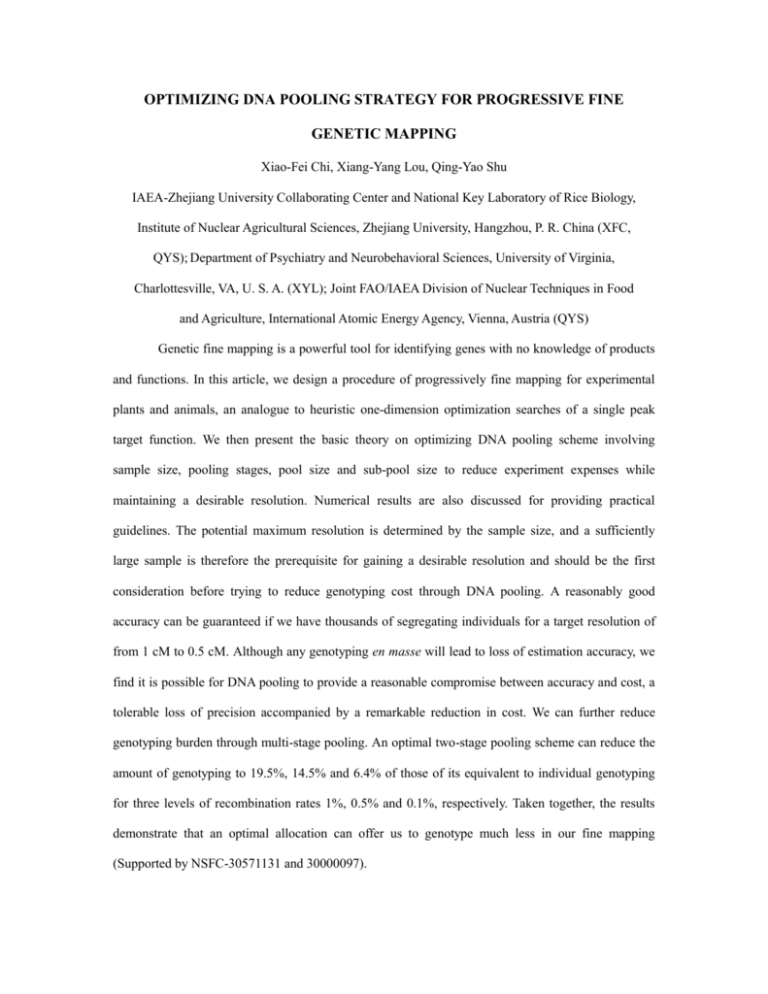
OPTIMIZING DNA POOLING STRATEGY FOR PROGRESSIVE FINE GENETIC MAPPING Xiao-Fei Chi, Xiang-Yang Lou, Qing-Yao Shu IAEA-Zhejiang University Collaborating Center and National Key Laboratory of Rice Biology, Institute of Nuclear Agricultural Sciences, Zhejiang University, Hangzhou, P. R. China (XFC, QYS); Department of Psychiatry and Neurobehavioral Sciences, University of Virginia, Charlottesville, VA, U. S. A. (XYL); Joint FAO/IAEA Division of Nuclear Techniques in Food and Agriculture, International Atomic Energy Agency, Vienna, Austria (QYS) Genetic fine mapping is a powerful tool for identifying genes with no knowledge of products and functions. In this article, we design a procedure of progressively fine mapping for experimental plants and animals, an analogue to heuristic one-dimension optimization searches of a single peak target function. We then present the basic theory on optimizing DNA pooling scheme involving sample size, pooling stages, pool size and sub-pool size to reduce experiment expenses while maintaining a desirable resolution. Numerical results are also discussed for providing practical guidelines. The potential maximum resolution is determined by the sample size, and a sufficiently large sample is therefore the prerequisite for gaining a desirable resolution and should be the first consideration before trying to reduce genotyping cost through DNA pooling. A reasonably good accuracy can be guaranteed if we have thousands of segregating individuals for a target resolution of from 1 cM to 0.5 cM. Although any genotyping en masse will lead to loss of estimation accuracy, we find it is possible for DNA pooling to provide a reasonable compromise between accuracy and cost, a tolerable loss of precision accompanied by a remarkable reduction in cost. We can further reduce genotyping burden through multi-stage pooling. An optimal two-stage pooling scheme can reduce the amount of genotyping to 19.5%, 14.5% and 6.4% of those of its equivalent to individual genotyping for three levels of recombination rates 1%, 0.5% and 0.1%, respectively. Taken together, the results demonstrate that an optimal allocation can offer us to genotype much less in our fine mapping (Supported by NSFC-30571131 and 30000097).

